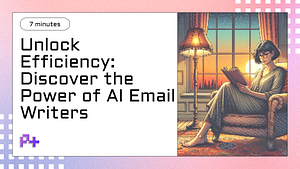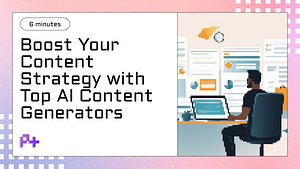Best LinkedIn Automation Tools Summary
• Apollo
• Seamless
Why Using LinkedIn Automation Tools?
Using LinkedIn automation tools can significantly enhance your business's marketing and sales efforts for several reasons. Here’s a breakdown of the key benefits:
Time Efficiency: LinkedIn automation tools can save you a considerable amount of time by automating repetitive tasks such as sending connection requests, follow-up messages, and posting updates. This allows you to focus on strategic planning and building meaningful relationships rather than getting bogged down in manual processes.
Increased Outreach: With automation, you can expand your outreach efforts significantly. Tools can help you connect with a larger number of potential leads or partners in a shorter period, increasing your chances of generating valuable connections and opportunities.
Personalization at Scale: Many LinkedIn automation tools allow you to personalize your outreach messages while still sending them in bulk. This means you can maintain a personal touch, which is crucial for building rapport, while also being efficient in your efforts.
Lead Generation: Automation tools can help you identify and target specific audiences based on various criteria such as industry, job title, or location. This targeted approach increases the likelihood of connecting with high-quality leads that are more likely to convert.
Enhanced Follow-Up: Effective follow-up is key to successful sales. Automation tools can help you set up follow-up sequences that remind you to reach out to potential leads at the right time, ensuring that no opportunity slips through the cracks.
Data Insights: Many LinkedIn automation tools come with analytics features that provide insights into your outreach efforts. You can track metrics such as response rates, connection acceptance rates, and engagement levels, allowing you to refine your strategies based on real data.
Consistency: Consistency is crucial in marketing. Automation ensures that your outreach and engagement efforts are steady and reliable, helping to keep your brand top-of-mind for potential clients and partners.
Scalability: As your business grows, so does the need for your marketing efforts to scale. Automation tools make it easier to manage larger campaigns and outreach without the need for a proportional increase in resources.
Best LinkedIn Automation Tools for Sales
Apollo
Apollo.io is a powerful sales intelligence and engagement platform designed to help businesses streamline their lead generation and outreach processes. It combines a vast database of contacts with tools for email outreach, CRM integration, and analytics, enabling users to efficiently target and engage potential customers.
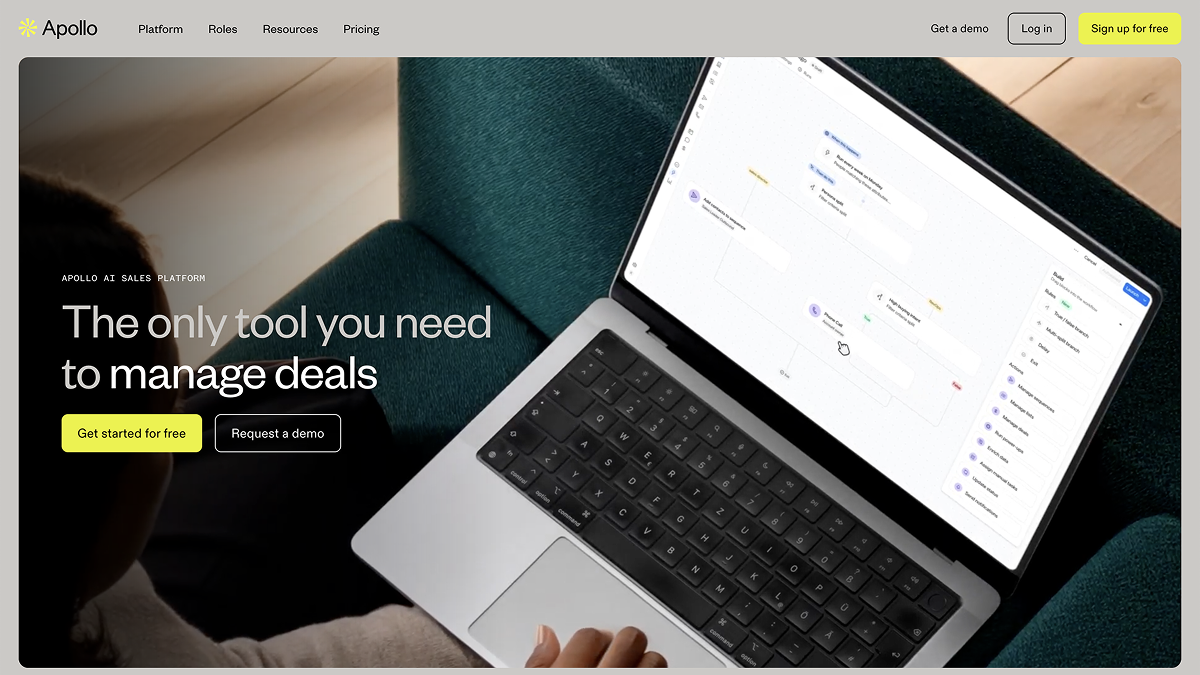
Here is How Apollo.io Can Help Automate Your Lead Generation and Outreach on LinkedIn.
1. Targeted Prospecting: Use Apollo.io to identify specific LinkedIn prospects that match your ideal customer profile. The platform’s filters help you narrow down your search, ensuring that you reach out to the most relevant contacts.
2. Personalized Messaging: Create personalized outreach messages based on the insights gathered from Apollo.io. This can help improve response rates and foster a more genuine connection with potential leads.
3. Automated Follow-Ups: Set up automated follow-up sequences that trigger based on prospect engagement. If a prospect opens your email but doesn’t respond, you can schedule a reminder to follow up without manual intervention.
4. Data Enrichment: Apollo.io can enrich your existing leads with additional information, giving you a better understanding of their needs and preferences. This allows for more tailored outreach strategies.
5. Performance Tracking: Monitor the success of your LinkedIn outreach campaigns through Apollo.io's analytics dashboard. Adjust your tactics based on what works, optimizing your approach over time.
Seamless.ai
Seamless.ai is a lead generation and sales intelligence platform designed to help businesses find and connect with potential customers more efficiently. It utilizes artificial intelligence to streamline the process of acquiring high-quality leads, making it a valuable tool for sales teams, marketers, and entrepreneurs.
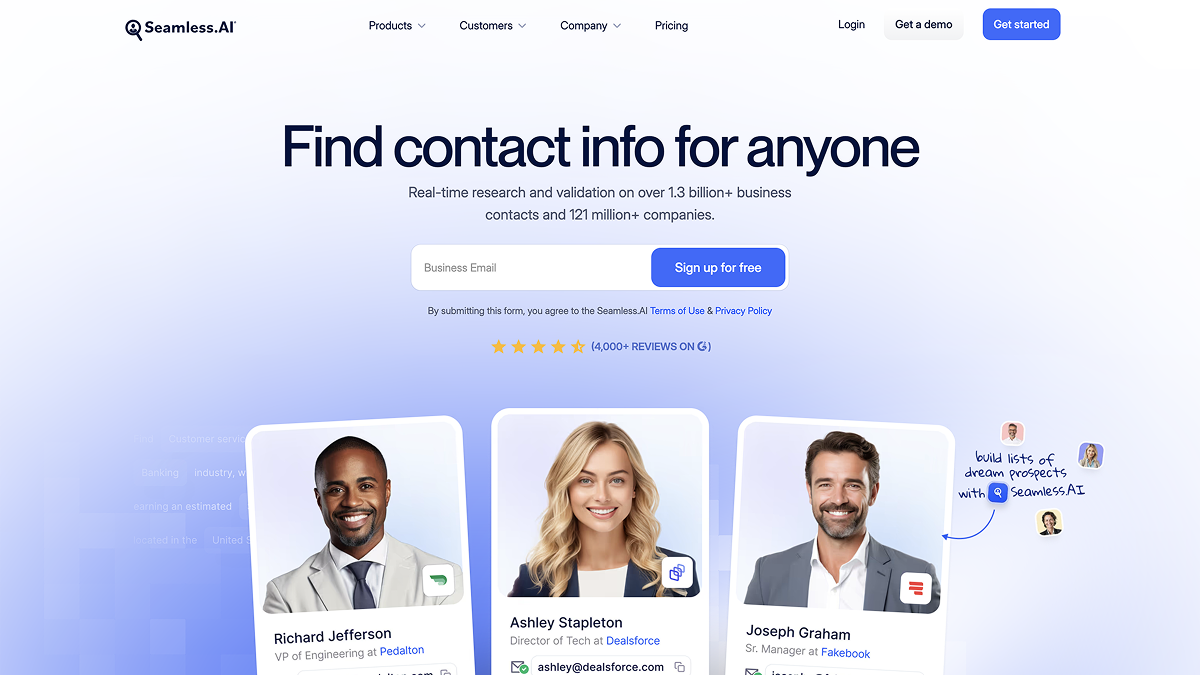
Here is How Seamless.ai Can Help with Lead Generation and Outreach on LinkedIn
1. Targeted Lead Generation: By leveraging Seamless.ai's advanced search capabilities, you can identify ideal prospects on LinkedIn based on specific criteria. This targeted approach increases the likelihood of connecting with leads who are genuinely interested in your offerings.
2. Enhanced Profiles: The integration with LinkedIn allows you to view enriched profiles of leads, including their work history, connections, and interests. This information can enhance your personalization in outreach messages, making them more relevant.
3. Direct Contact Information: Seamless.ai's ability to provide verified contact information means you can reach out to leads directly without needing to go through LinkedIn messaging, which can be limited in terms of visibility and response rates.
4. Efficiency in Outreach: Automating your outreach processes can save you time and ensure that you maintain consistent communication with your leads. This allows you to focus on building relationships rather than getting bogged down in administrative tasks.
5. Analytics and Insights: The platform offers analytics tools that help you track the success of your outreach efforts. By analyzing which messages and strategies yield the best results, you can optimize your approach over time.
Best LinkedIn Automation Tools for Social Media
Socialbee
SocialBee is a social media management tool designed to help businesses and individuals streamline their social media marketing efforts. It focuses on automating content posting across various platforms, including LinkedIn, and provides features that enhance engagement, scheduling, and analytics.
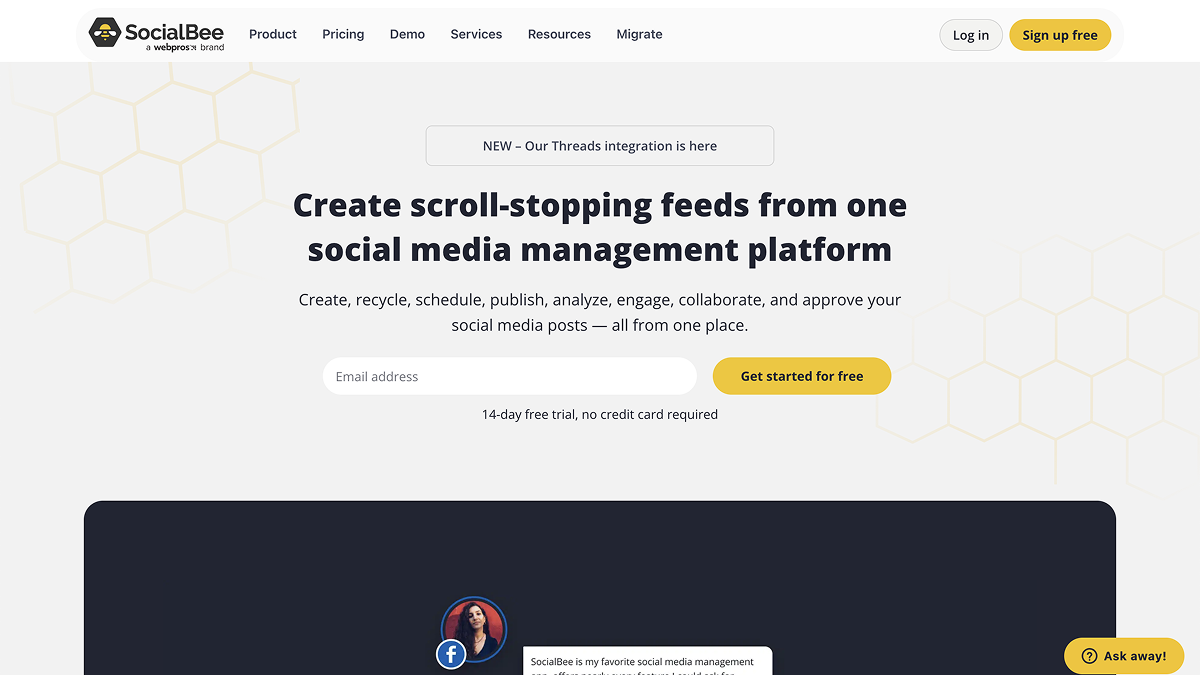
How SocialBee Can Help You Automate Your Social Media on LinkedIn
1. Content Categorization: SocialBee allows you to categorize your content into different types (e.g., blog posts, quotes, promotions). This helps ensure a balanced mix of content types in your LinkedIn posts, making your profile more engaging.
2. Scheduling and Automation: With SocialBee, you can schedule posts in advance, allowing you to maintain a consistent posting frequency without having to log in daily. You can automate your LinkedIn posts for specific times and dates, optimizing your reach and engagement based on your audience’s online habits.
3. Content Recycling: The tool allows you to recycle evergreen content automatically, which is particularly useful for LinkedIn where certain posts can continue to generate interest over time. This feature ensures that valuable content is not lost and gets the exposure it deserves.
4. Analytics and Reporting: SocialBee provides analytics that help you measure the performance of your LinkedIn posts. You can track engagement metrics, see which types of content resonate most with your audience, and adjust your strategy accordingly.
5. Team Collaboration: If you're working in a team, SocialBee facilitates collaboration by allowing multiple users to manage the same account. This feature is especially useful for companies that have dedicated social media teams.
6. Integration with Other Tools: SocialBee integrates with various tools and platforms, enhancing your workflow. For instance, you can connect it with content creation tools, email marketing platforms, and more, creating a seamless marketing ecosystem.
7. Content Suggestions: The platform offers content suggestions based on current trends and your industry, helping you stay relevant and engage your LinkedIn audience effectively.
8. Customizable Posting Schedule: You can create a posting schedule that aligns with your audience’s peak engagement times, maximizing visibility and interaction with your posts.
SocialPilot
SocialPilot is a social media management tool designed to help individuals and businesses streamline their social media marketing efforts across multiple platforms, including LinkedIn. It offers a range of features that can significantly enhance your social media automation strategy.
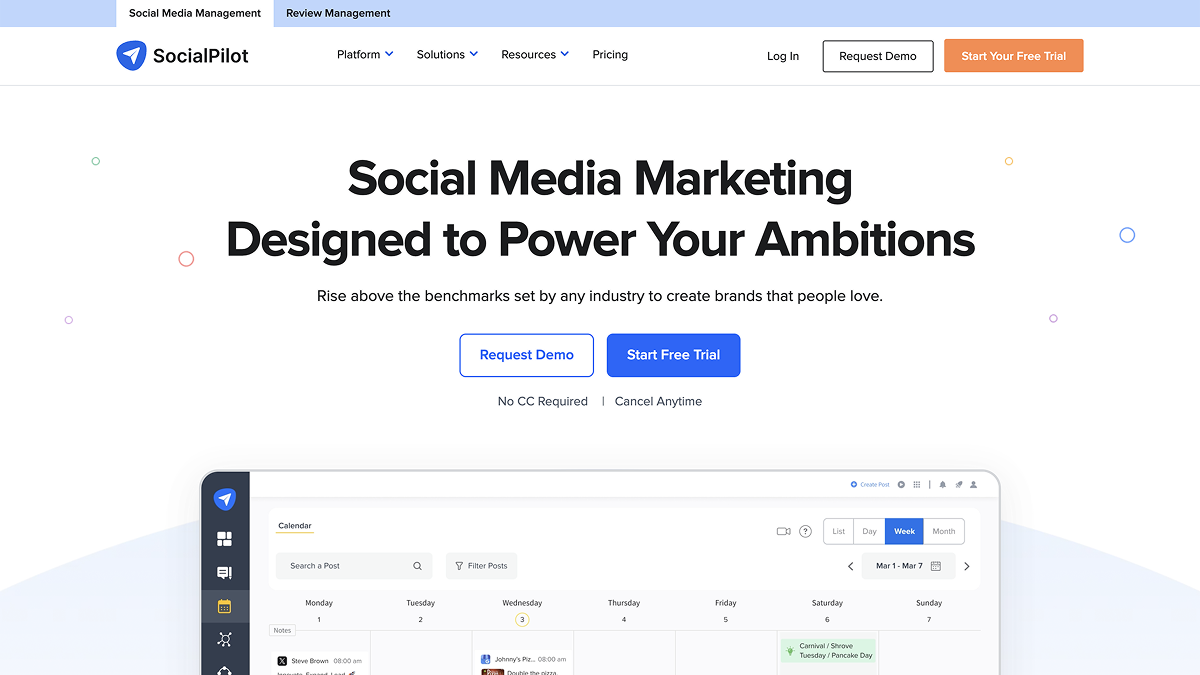
Here’s how SocialPilot can help you automate your LinkedIn presence effectively.
1. Scheduling Posts: SocialPilot allows you to schedule your LinkedIn posts in advance. You can create a content calendar and plan your posts for optimal engagement times, ensuring that your audience sees your content even when you’re not online.
2. Bulk Scheduling: If you have a lot of content to share, SocialPilot enables you to upload and schedule multiple posts at once. This feature is particularly useful for campaigns or special promotions.
3. Content Curation: SocialPilot provides content suggestions based on trending topics and your target audience’s interests. This helps you find relevant articles and posts to share on LinkedIn, keeping your content fresh and engaging.
4. Analytics and Reporting: With SocialPilot’s analytics tools, you can track the performance of your LinkedIn posts. You’ll gain insights into engagement rates, follower growth, and overall reach, allowing you to refine your strategy over time.
5. Team Collaboration: If you work with a team, SocialPilot facilitates collaboration by allowing multiple users to manage the same account. You can assign roles, create workflows, and ensure that everyone is on the same page with your LinkedIn strategy.
6. Custom URLs: You can shorten and customize URLs for your LinkedIn posts, making them more appealing and trackable. This helps you understand which links are driving traffic and engagement.
7. Social Inbox: Manage your LinkedIn interactions from a single dashboard. Responding to comments and messages becomes easier, allowing you to engage with your audience effectively.
